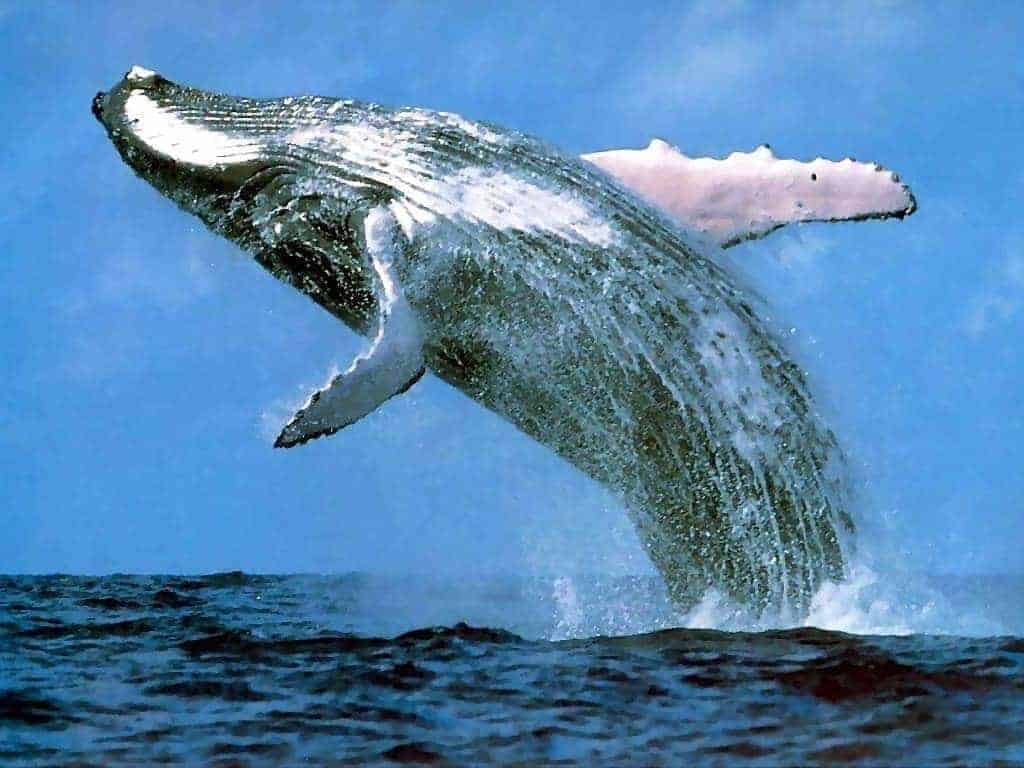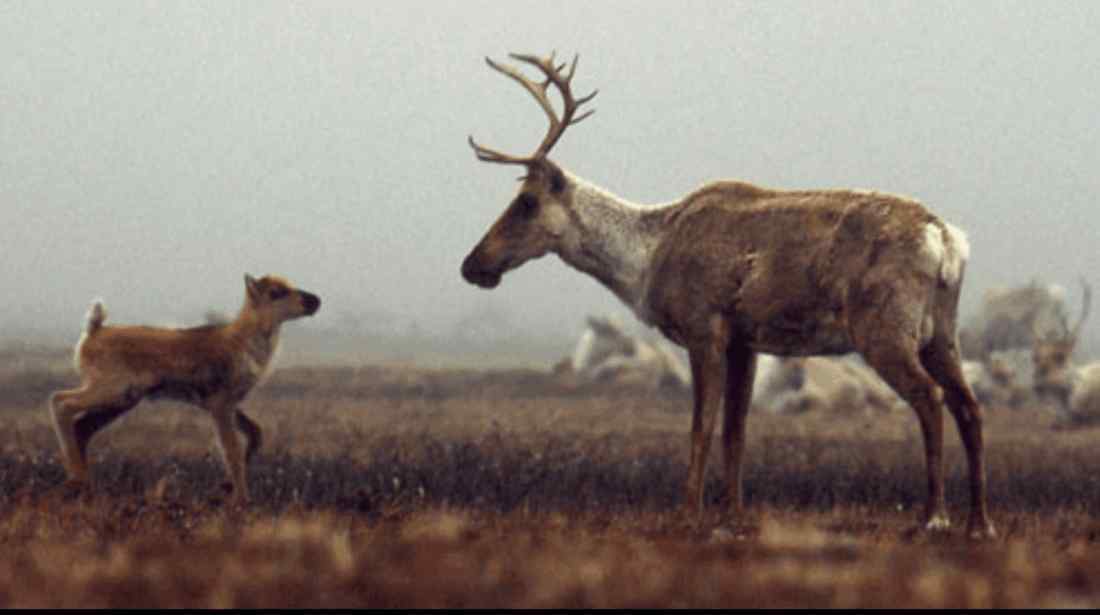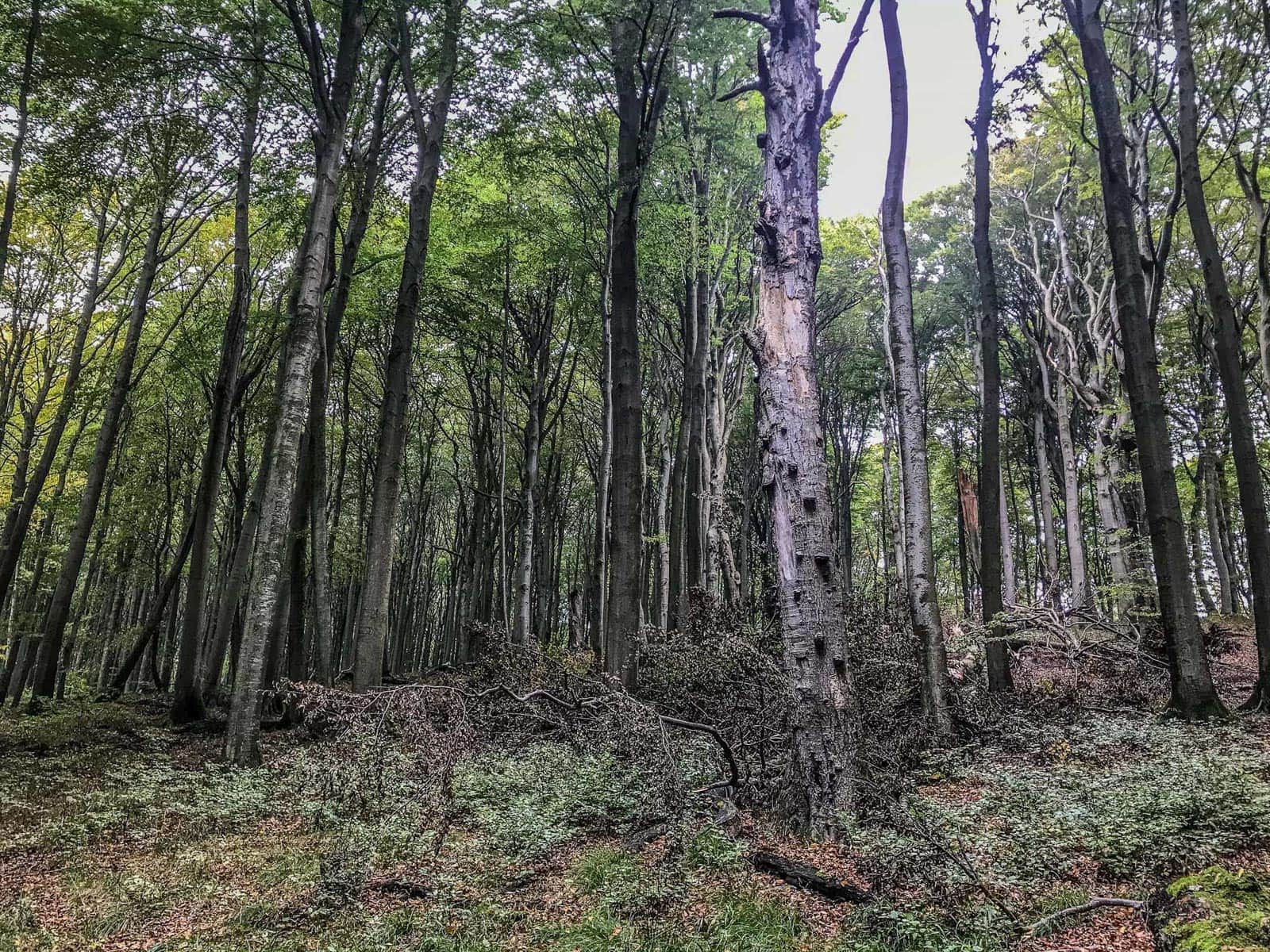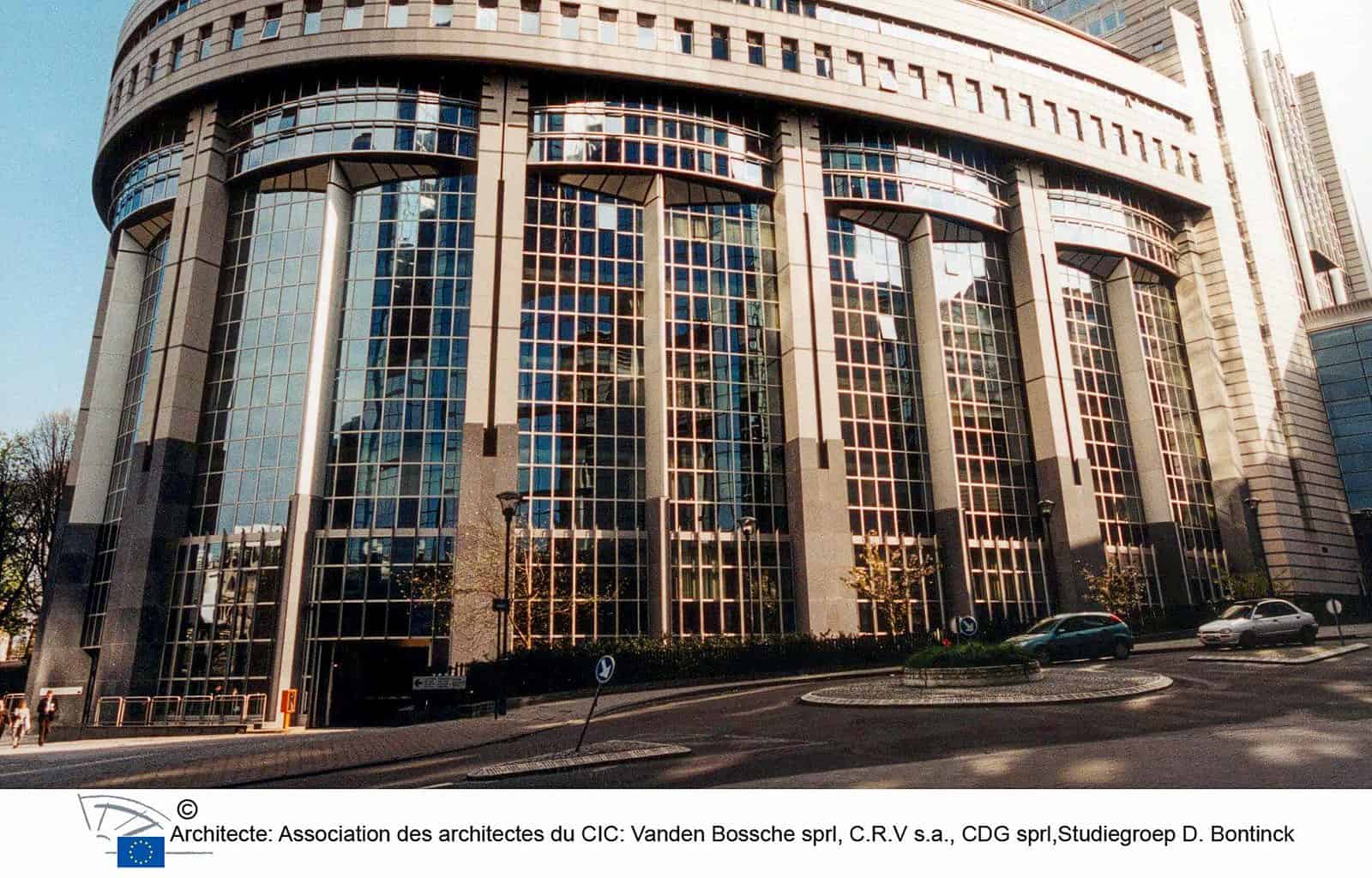The oceans full of marine roads?
Road impacts are threatening wildlife not only on land, but in the oceans! Marine roads such as heavily used shipping routes are analogous to terrestrial roads. Just like terrestrial roads, they providing pathways that facilitate transportation, connect locations, and concentrate vehicle movements. Yet in this case, instead of cars, traffic is caused by vessels.
Shipping is one of the world’s largest industries, accounting for 80% of the total world merchandise trade. In addition, the growing global demands for seaborne trade is driving an increase in the number of marine roads and the intensity of shipping. So much so that in some open ocean regions, shipping traffic is permanently visible when plotted as a marine traffic map.
The impact of marine roads
A previous study analysed the direct and indirect ways marine roads and shipping negatively affect the marine environment. The impacts are especially critical for marine megafauna like great whales, basking sharks and whale sharks. Some of the reasons are their large body size, need to spend time at the surface, and long-range ocean movements.
Ship strikes
Even though it may seem that marine giants can dive to avoid collisions, ship strikes are the most documented marine road impact and can lead to serious, sometimes fatal, injuries. In recently decades, for example, they have been responsible for over half of all mortalities of the North Atlantic right whale, limiting the survival of this species.
Modification of animal behaviour
Marine roads can affect animal behaviour too. Vessels produce low-frequency sounds that can travel many kilometres underwater and induce changes in the behaviour of marine megafauna. Shipping noise may induce avoidance, alter foraging and movement patterns. Further, this changes in the acoustic environment may disrupt or interfere with whales vocal communication, modifying the way they communicate.
The following animation is a clear example of how marine roads affect blue whales movement patterns in one of their main feeding areas in the South Pacific. This animation is part of a new study detailing the dangers posed by ship traffic to blue whales, who can encounter as many as 1,000 vessels per day during summer months, when the animals migrate to this ocean region to feed and care for their young calves.
In the animation, the blue dot zigzagging displays the path of a single blue whale in Chile’s Gulf. The moving shapes that the whale is trying to avoid are vessels from the Chilean aquaculture fleet.
Roads as fragmenting features
New marine roads are being developed as a direct result of climate change. Declines in Arctic sea ice have created potential new marine roads in previously non-navigable waters, such as the Northwest Passage and the Northeast Passage. Although these new routes provide economic benefits to the shipping industry, their use may cause numerous negative consequences for the environment.
Firstly, they may increase atmospheric and marine pollution as well as the spread invasive species released via ballast water. Further, they will intensify the number of ship strikes with marine giants. Finally, new marine roads in the Arctic region may connect populations that are, otherwise, separated by permanent ice. This could potentially lead to the dissolution of local adaptations.
Mitigation efforts
Information about whale habitat use, ecology, movement patterns (e.g., migrations), and noise propagation is critical for informing and implementing shipping mitigation strategies. For example, ecology data and migration patterns can help to enforce spatial mitigation measures at certain times of the year in areas where whale numbers are likely to be the highest. In these cases, relocating marine roads or decreasing vessel speed limits have proven to successfully reduce ship-related whale deaths.
On the other hand, noise and chemical pollution from shipping impact marine giants far beyond the marine road. Consequently, transition and exclusion zones along the boundaries of marine roads may be a critical buffer of protection. Accordingly, mitigation efforts are also important along the boundaries of marine roads. Identifying transition and exclusion zones should be a primary focus in mitigation shipping impacts.








